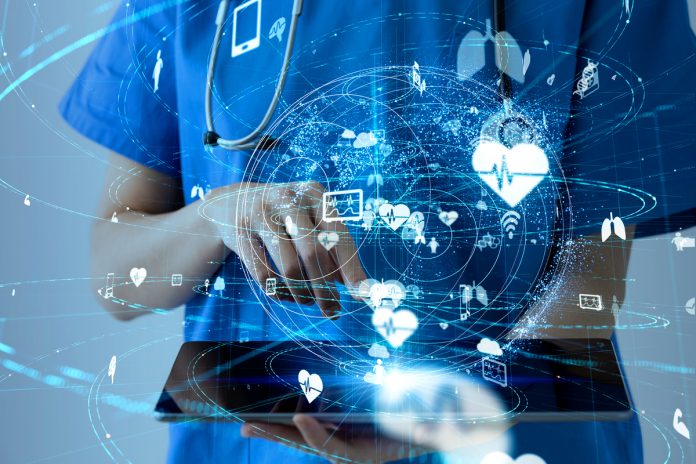Medical devices are a huge part of the healthcare industry. They are constantly developing and evolving to give medical professionals the capability of providing the best care for patients. They also make the pressure-filled and stressful work life of a medical professional a little easier, which is always a good thing.
The healthcare industry is also a leader in adopting new technologies. They are often early to make use of the latest tech such as artificial intelligence (AI). AI has many applications in the medical field and, like medical devices, it is making life easier for medical professionals and helping deliver better outcomes to patients.
In 2024, AI is not only helping to bolster the medical industry but also the medical device industry. AI and machine learning are helping medical device creators make better, more effective medical devices and AI-enabled medical devices are performing more complex and beneficial tasks than ever before. Here are a few of the ways AI is changing medical devices.
SaMD and AI
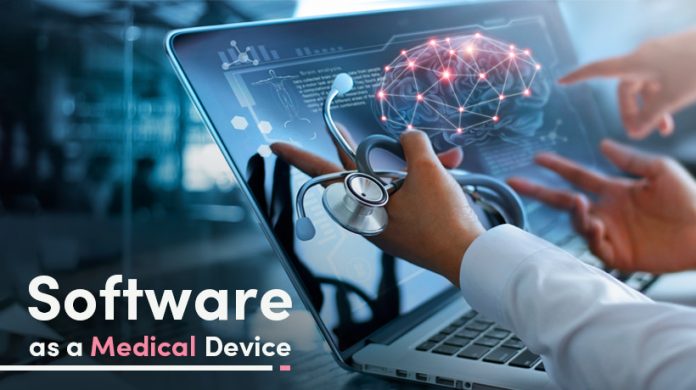
Software as a Medical Device (SaMD) is one of the biggest technological advances in the medical field today. This term refers to software that provides one or more medical functions and works independently of other medical devices to provide the benefits of a medical product. SaMD products are usually run on a mobile device, wearable device, tablet, or personal computer. If you want a deeper look into software as a medical device (SAMD), this Orthogonal guide is a good starting point.
AI is being integrated with SaMD in the medical industry to give these devices even more power in a portable form. AI technology and machine learning embedded in SaMD takes the mountains of data generated in the healthcare system and processes that data to learn from it in ways that mimic the way humans learn.
This capability gives AI-enabled SaMD the power to provide a host of benefits that a doctor would, but with the ease and portability of a software-based app. This is great for patients who can now have a digital doctor in their pocket at all times. It is also great for physicians because they can get access to real-time, AI-processed data about patients between office visits. It is a win-win for all involved.
Computer-Assisted Detection
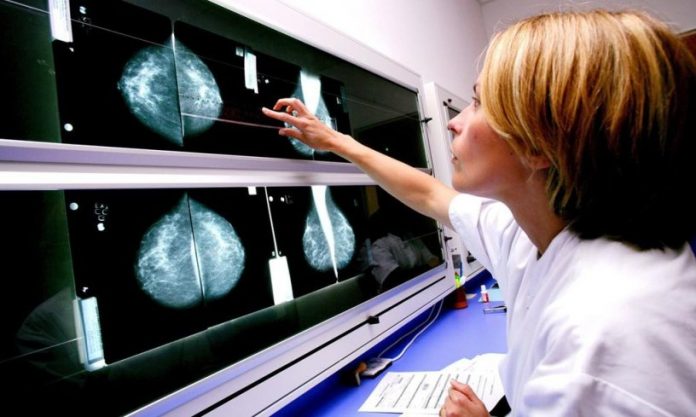
AI gives medical devices the capability of helping medical professionals in different aspects of their work. Two of the biggest areas in which AI is assisting physicians are Computer-Assisted Detection (CADe) and Computer-Assisted Diagnosis (CADx). CADe helps doctors discern abnormalities in medical images as part of identifying troubling issues. These devices use AI to compare hundreds, or even thousands, of images to spot conditions that are unusual or problematic.
When a CADe device spots something for doctors or another device to analyze, it highlights this area of the image. CADe devices can save medical professionals time and effort by pointing to the spot that needs to be observed right away. They also can pick up on minuscule patterns and differences that the human eye might have a hard time catching.
Computer-Assisted Diagnosis (CADx)
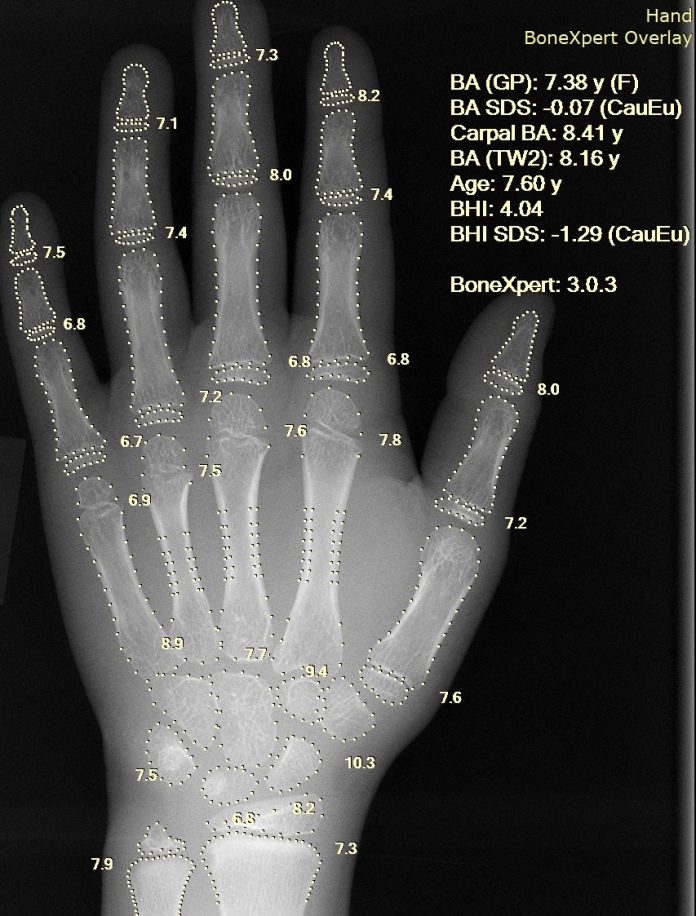
CADx differs from CADe in several ways and these devices go beyond what CADe can do. Instead of just identifying where the issue is, CADx devices go a step further and use AI to help diagnose the problem based on the data the device is given. These types of devices can compare a patient’s symptoms to symptoms of different diseases and rule in or out possible diagnoses.
CADx devices can be given the type of medical issue a patient is dealing with and, when used in conjunction with CADe devices, they are particularly efficient at using AI to analyze data and decide what strain of medical issue it is and how severe it may be. Like CADe devices, this benefits patients and medical professionals. It makes the diagnosis process quicker and less labor-intensive and gives a data-based, accurate assessment of the situation. This allows treatments to be customized for better potential outcomes.
AI-assisted stethoscopes
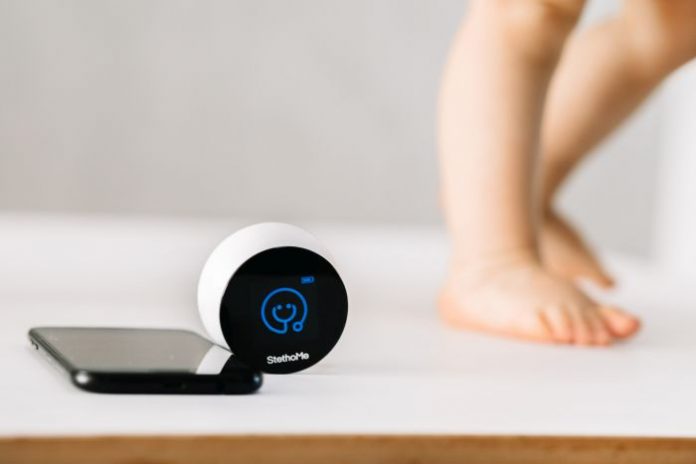
AI is part of some of the most advanced, most complex medical devices the world has ever seen. As is the case with some of the devices above, AI is creating new devices that have capabilities only science fiction writers ever considered. AI is also transforming some of the oldest and most fundamental medical devices. This is the case with AI-assisted stethoscopes.
Stethoscopes have been around for over 200 years and help medical professionals identify repertory issues by listening to the sound of a patient’s breathing. The problem is, it can take years of training and experience to develop the expertise to differentiate between different types of breathing sounds to accurately diagnose the issue. This is where AI comes in to help physicians.
AI-assisted stethoscopes use complex algorithms to analyze the sound coming from a person’s breathing and puts that sound into one of several categories. For a trained physician, this can help confirm what they are hearing and allow them to put forth a quicker diagnosis backed by data. This type of stethoscope can also be used at home so that people can quickly identify issues as they occur and report them to their doctor or start an at-home treatment as prescribed by a medical professional.
Conclusion
Artificial intelligence and machine learning are having a dramatic effect on many industries and organizations. Nowhere is this more apparent than in the medical field and with medical devices. AI is helping give SaMD technology the power to perform complex functions and is helping doctors and patients alike get better outcomes with CADe and CADx devices. It is even revolutionizing devices that haven’t been thought of as revolutionary in over two centuries.
The great part of all this is that we have only scratched the surface of what AI can do. As this powerful technology continues to develop, it will provide more benefits for everyone involved in the healthcare industry. We don’t fully know what AI-enabled medical devices will look like in the future, but we can be sure that they will continue to improve the industry in significant ways.
